Scientists have obtained detailed images of spots on the Sun using one of the most powerful ground-based telescopes (photo)
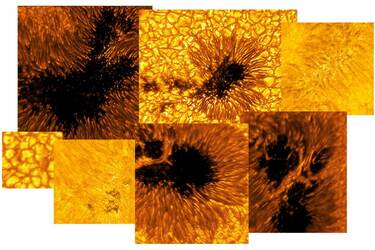
The DKIST solar telescope recently captured breathtaking images of the Sun, allowing a detailed look at active areas on the surface of the sun known as sunspots. The news was announced on the website of the US National Solar Observatory, which owns DKIST.
Read also: Four astronauts to go to the ISS to grow stem cells in space for the first time
The DKIST (Daniel K. Inouye Solar Telescope) is one of the most powerful ground-based telescopes capable of observing the Sun even with the interference created by the Earth's atmosphere. Its construction began in 2010, and the final stages of preparation for operation are underway. As part of the first cycle of observations, DKIST took eight new photos of the Sun using the VBI instrument, which operates in visible light.
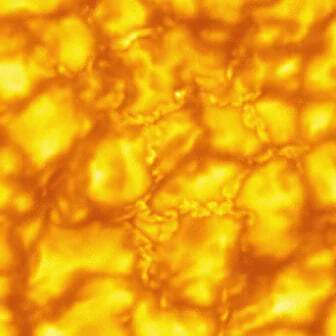
One of the images obtained shows a quiet area of the Sun, which covers an area of 30,720 kilometres in length and width. In this image, hot plasma can be seen circulating in convection granules on the surface of the photosphere (the outer layer of the Sun). Bright structures inside the granules indicate the presence of a magnetic field. The detection and study of these small elements is one of the main objectives of DKIST, which will allow heliophysicists to better understand the mechanisms of solar activity.
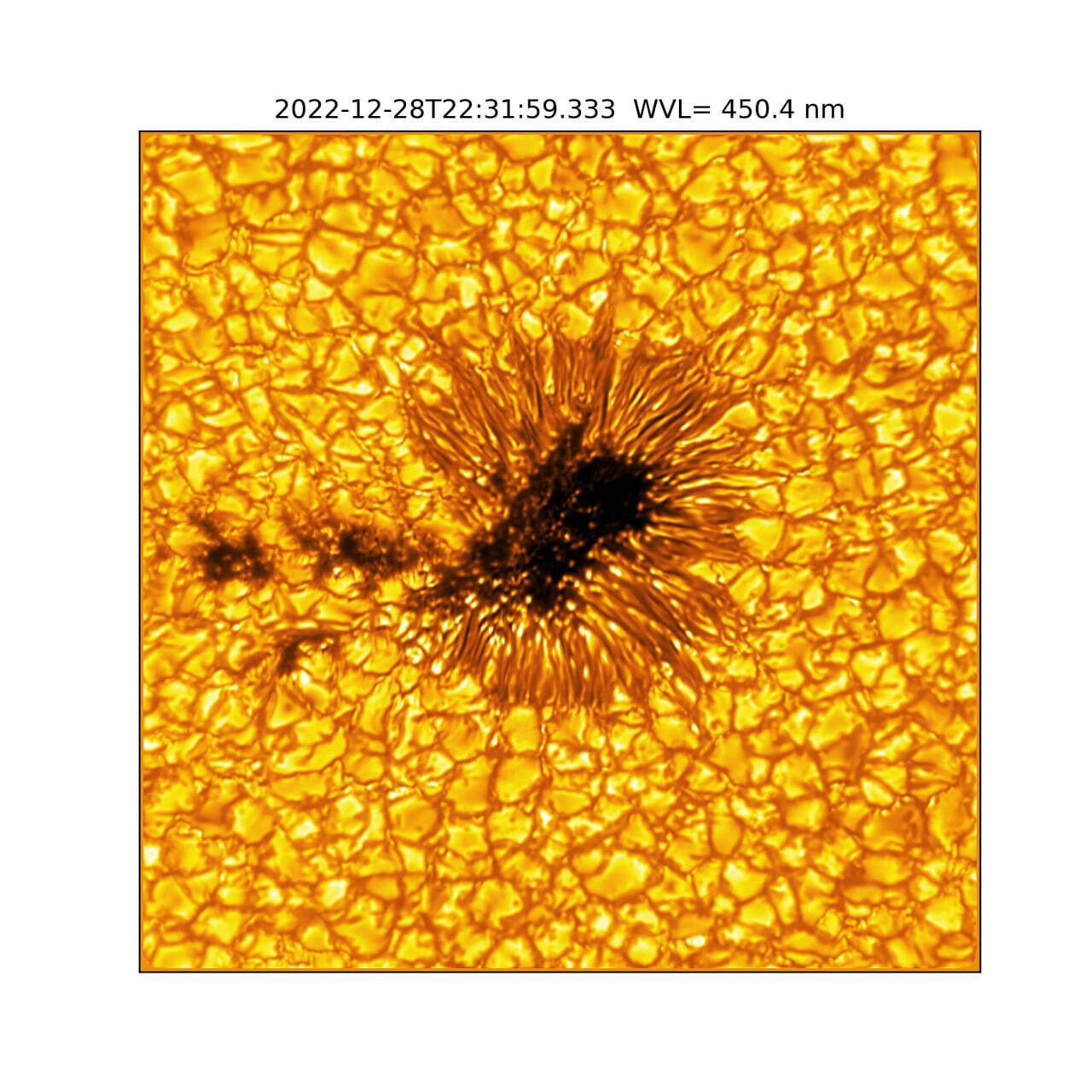
Another image shows in detail an active region of the Sun known as a sunspot. Sunspots are characterised by dark central regions where the plasma is slightly colder than the surrounding areas. Their filamentary structure is also associated with a magnetic field.
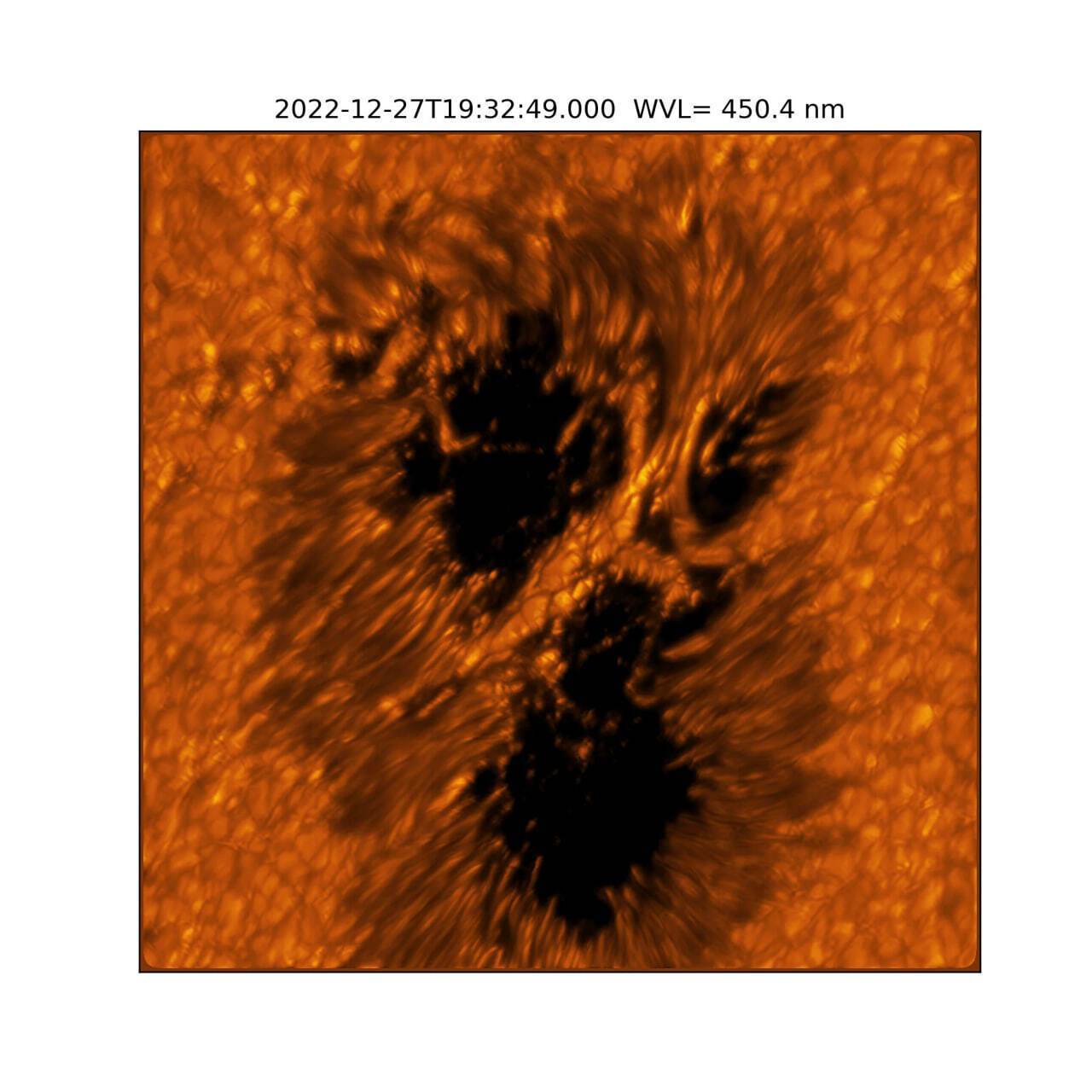
It is in sunspots that explosive phenomena occur, such as coronal mass ejections, which can cause magnetic storms. Last time, we talked about these phenomena in more detail in our article "Causes of Sunspots".
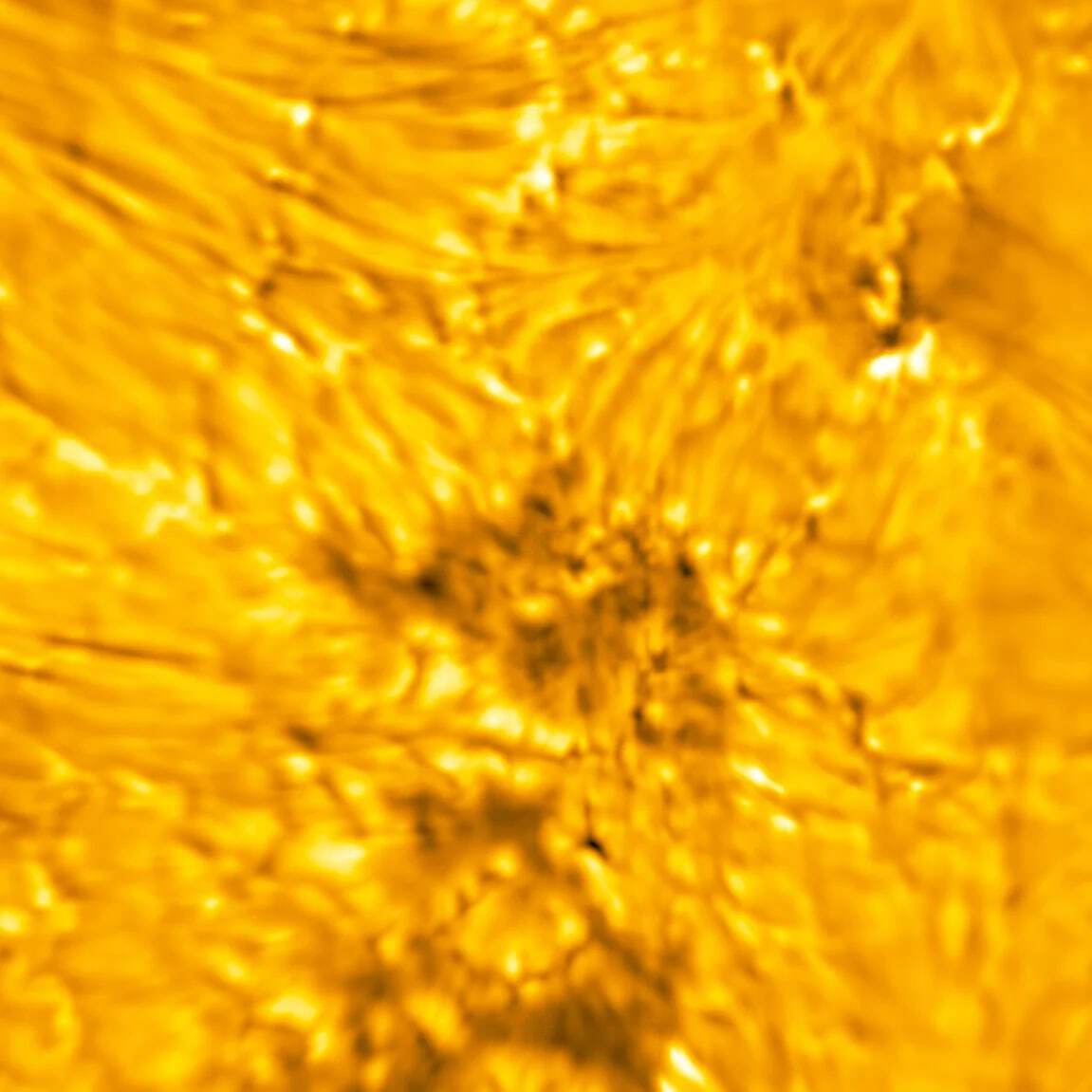
In addition, DKIST was able to capture images of the Sun's chromosphere, which is the region between the photosphere (outer layer) and the corona. The dark lines in these images represent plasma moving under the influence of the magnetic field.
Read also about two species of New Guinea birds found by scientists from Denmark, Germany and Papua New Guinea whose feathers are poisonous.
If you want to get the latest news about the war and events in Ukraine, subscribe to our Telegram channel!
